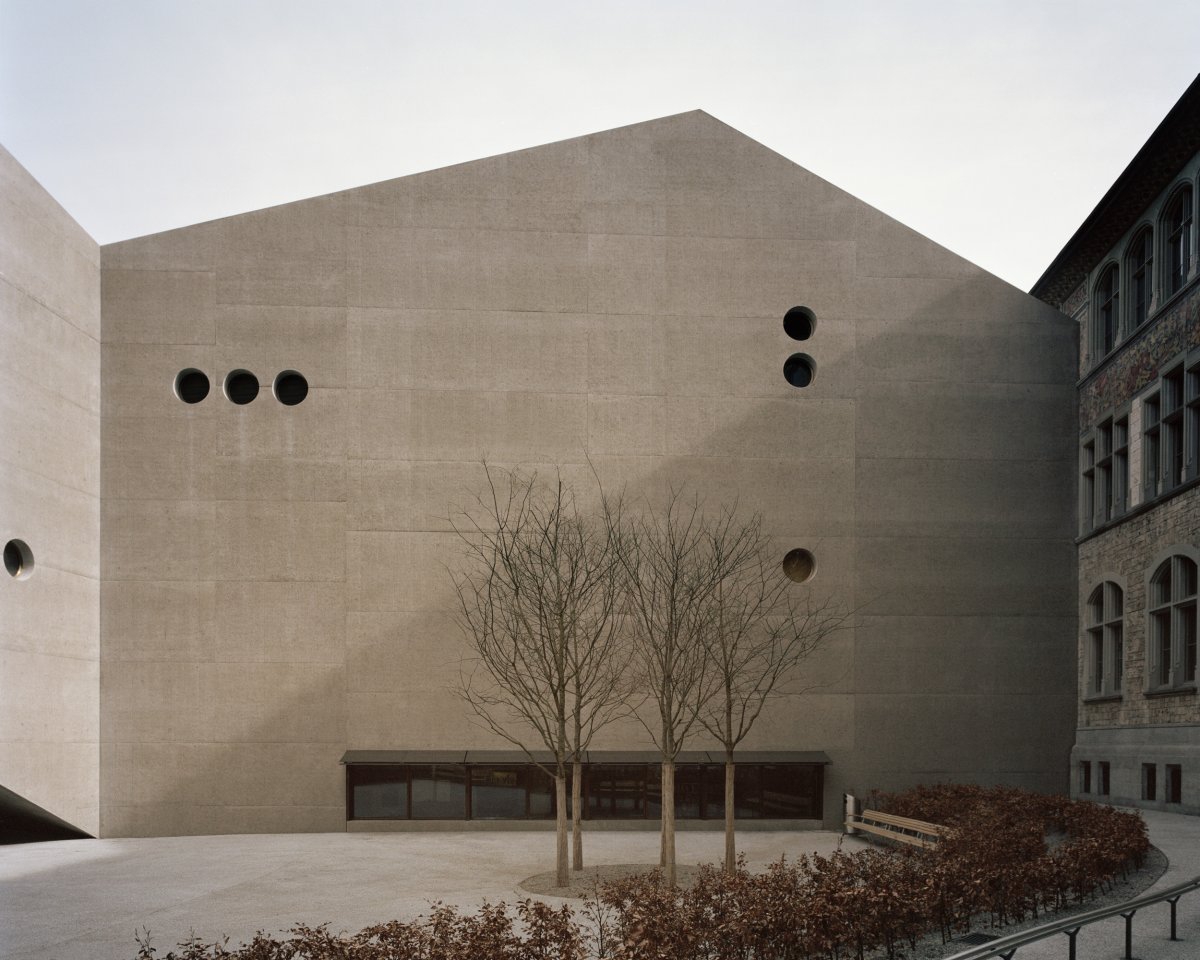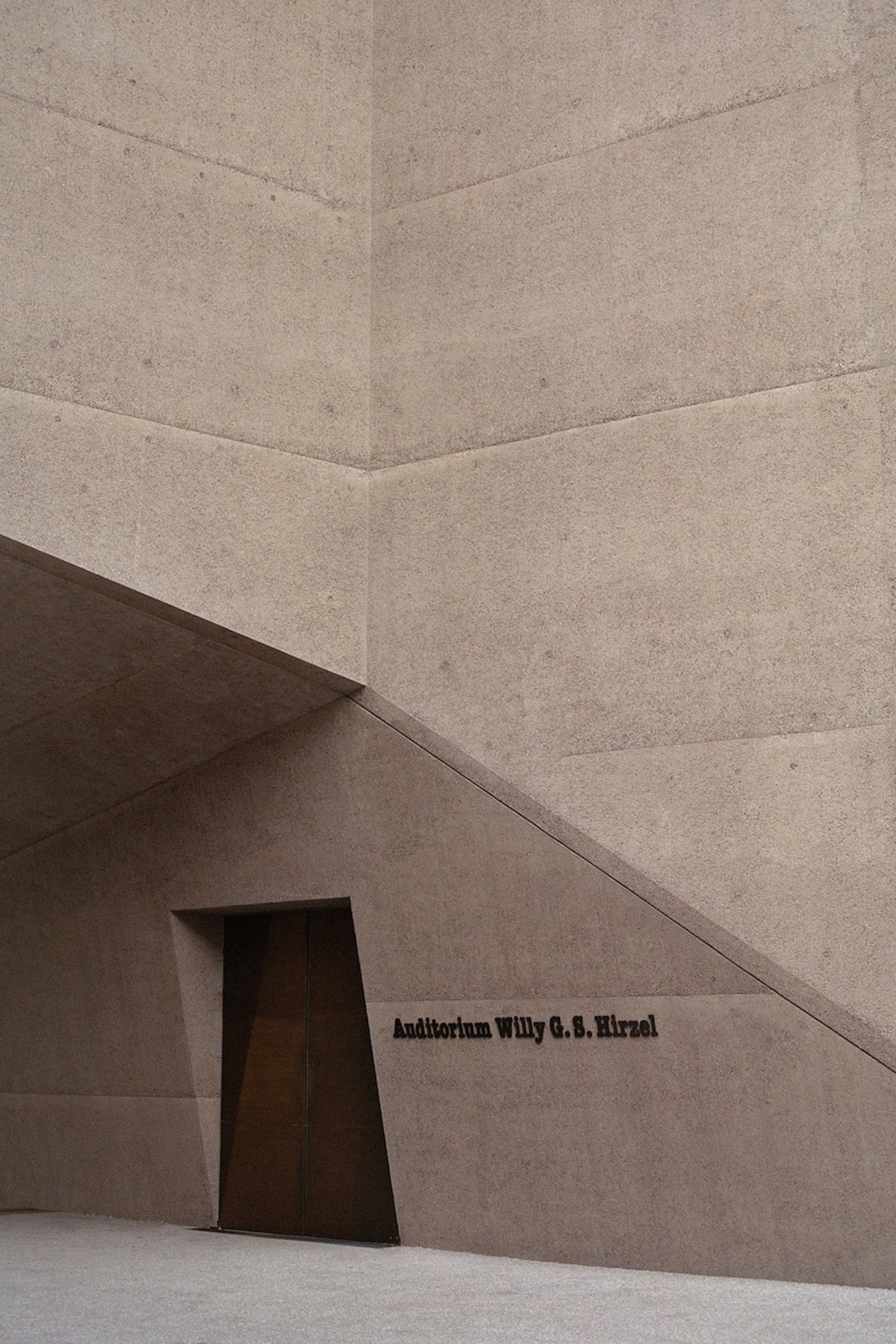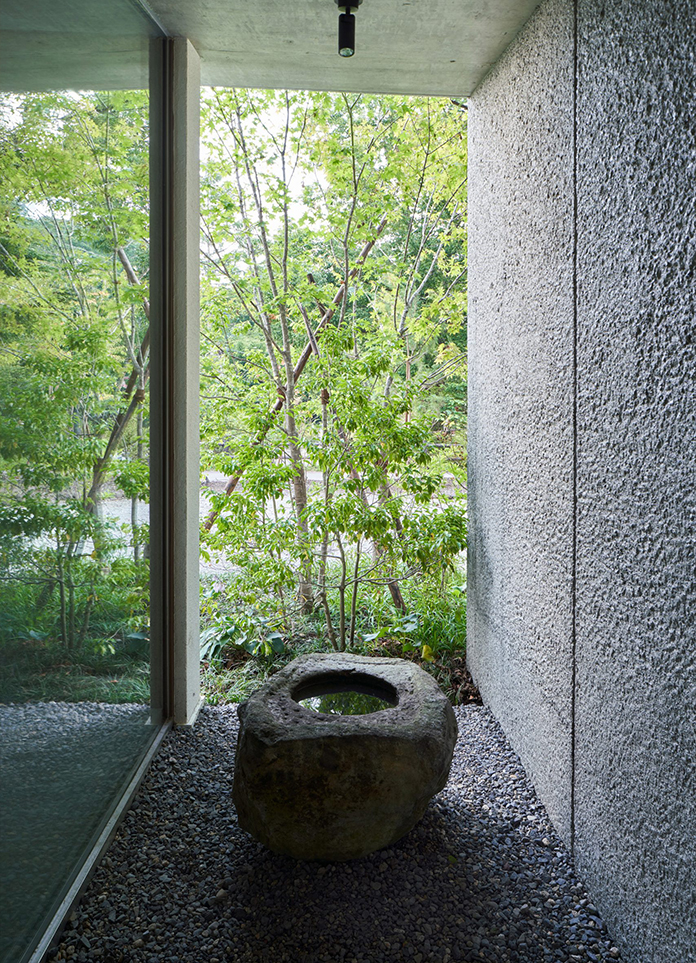
One perceives space not only through physical presence but also through visual images. The latter conjures an imagined atmosphere, becoming a spellbinding device for spectators to evoke their emotions. Christ & Gantenbein's recent extension to the Swiss National Museum was depicted as an orderly brutalist architecture, with a grey palette washing over the entire project.
Completed in 2016, the addition is an intertwining form that elongates and extrudes beyond the historical structure planned by the architect Gustav Gull. The old and the new weave into one another, framing a central courtyard with low vegetation shredding its leaves in the winter breeze. At some moments, this concrete structure is pinched to create a complex series of spaces, ranging from private to communal.
The monolithic structure is punctured with systematic circular openings. On the inside, these low windows act as a light installation to transform the interior with occasional peeks of the surroundings. They cleverly function as wayfinders that subtly illuminate the raw concrete and terrazzo flooring. Their round shape complements the material use, contrasting the original building's stone walls and large rectangular windows.
These differences are dissolved in a series of photographs by Rory Gardiner. Taken on a winter day when the warm sun washes over the facades of both buildings, an orange tint unifies the two structures. The cinematic feel of Gardiner's take on the Swiss National Museum gives a monumental feel, with angular shadows and geometric lines. At some moments, a sight of the historical building can be seen, hidden behind rows of barren trees and a reflective water surface.
In the photos, time is blurred as the season is only apparent in the appearance of canopies. All the other elements—the dreamy sky with a hue of blue, the hint of ripples traveling at a modest pace, the participation of passerby—seem to be frozen and can be placed at any point in time. Gardiner's view turns the structures into a manmade landscape where solitude presents in empty chairs, lonesome figures, and scenic snapshots.
The power of visual images can dictate and alter one's perspective. While the project of Christ & Gantenbein is present as a stark space—a canvas for historical artifacts—it becomes a warm and serene architecture through the lens of Rory Gardiner. It's important to keep a consistent image, but it's more crucial to have an open picture of a singularity.
- Architect: Christ & Gantenbein
- Photos: Rory Gardiner
- Words: Nhat Vo
- Copy: Minimalissimo















